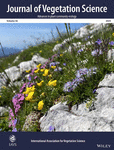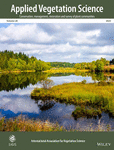Journal list menu
Export Citations
Download PDFs
ISSUE INFORMATION
EDITORIAL
Cross-Citation Patterns Between the Journal of Vegetation Science and Other Ecological Journals
- First Published: 03 January 2025
RESEARCH ARTICLE
An Exploration of Plant Biomass–Species Richness Relationships in Three Subalpine Grasslands on the Qinghai–Tibetan Plateau
- First Published: 16 January 2025
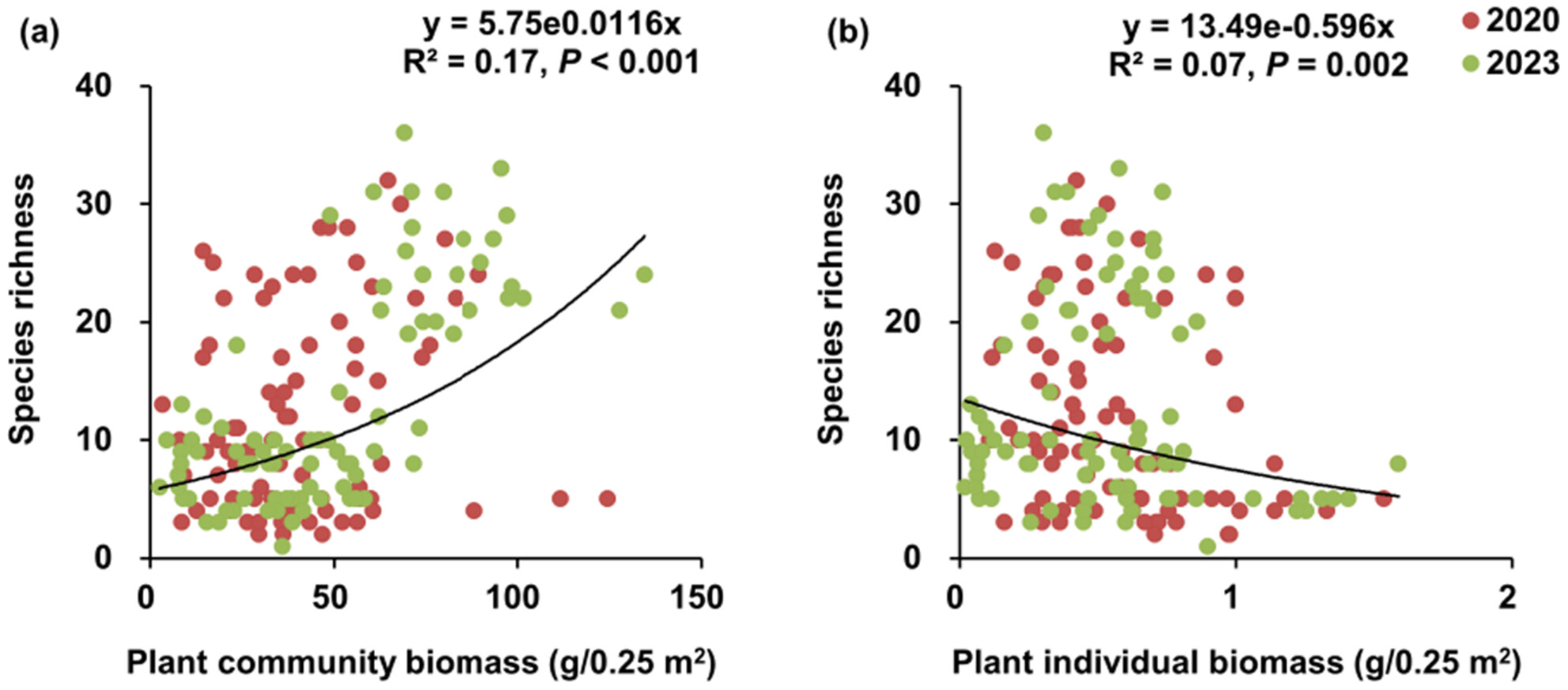
The choice of biomass approach affected the plant biomass–species richness relationship in subalpine grasslands. Specifically, a positive nonlinear relationship between plant community biomass and species richness and a negative nonlinear relationship between plant individual biomass and species richness were found across the three grasslands on the Qinghai–Tibetan Plateau in China, which indicates that plant abundance impacts plant biomass–species richness relationship.
Prediction of coastal barren plant species richness and functional diversity by environmental variability across scales
- First Published: 11 January 2025
Presettlement Tree Distributions and Forest Types of Northeast Ohio, USA, Mapped With Species Distribution Models
- First Published: 16 January 2025
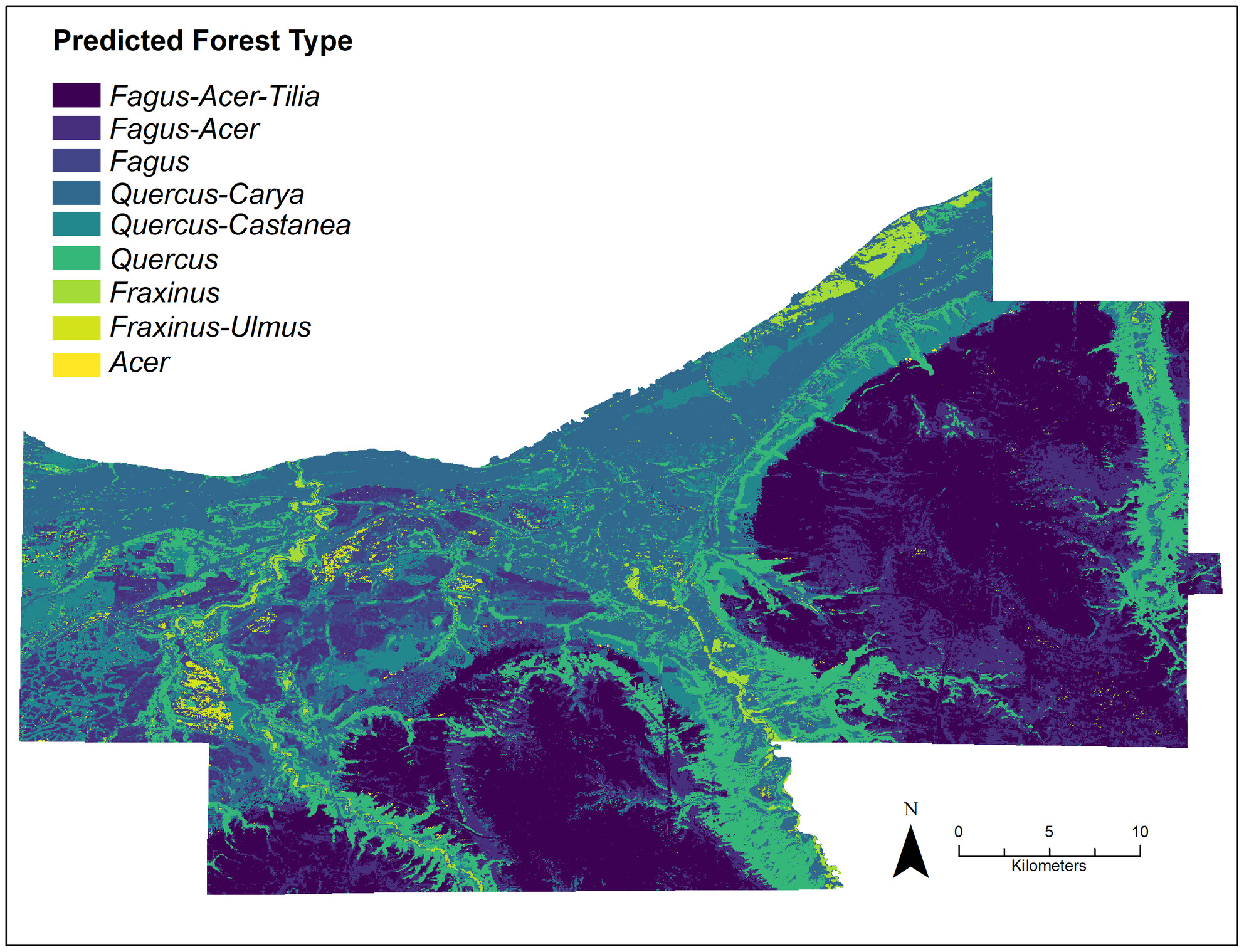
Using species distribution models to map the presettlement vegetation of northeast Ohio, we found that tree distributions depended largely on elevation and slope. Fagus grandifolia had the largest area of suitable habitat, and Fagus-Acer forests covered over half the area, largely on the higher-elevation Allegheny Plateau, while mixed Quercus forests covered much of the Central Lowlands and river valleys.
Interaction Between Plants Through Litter Input in Mangrove Succession in the Red River Delta
- First Published: 01 February 2025
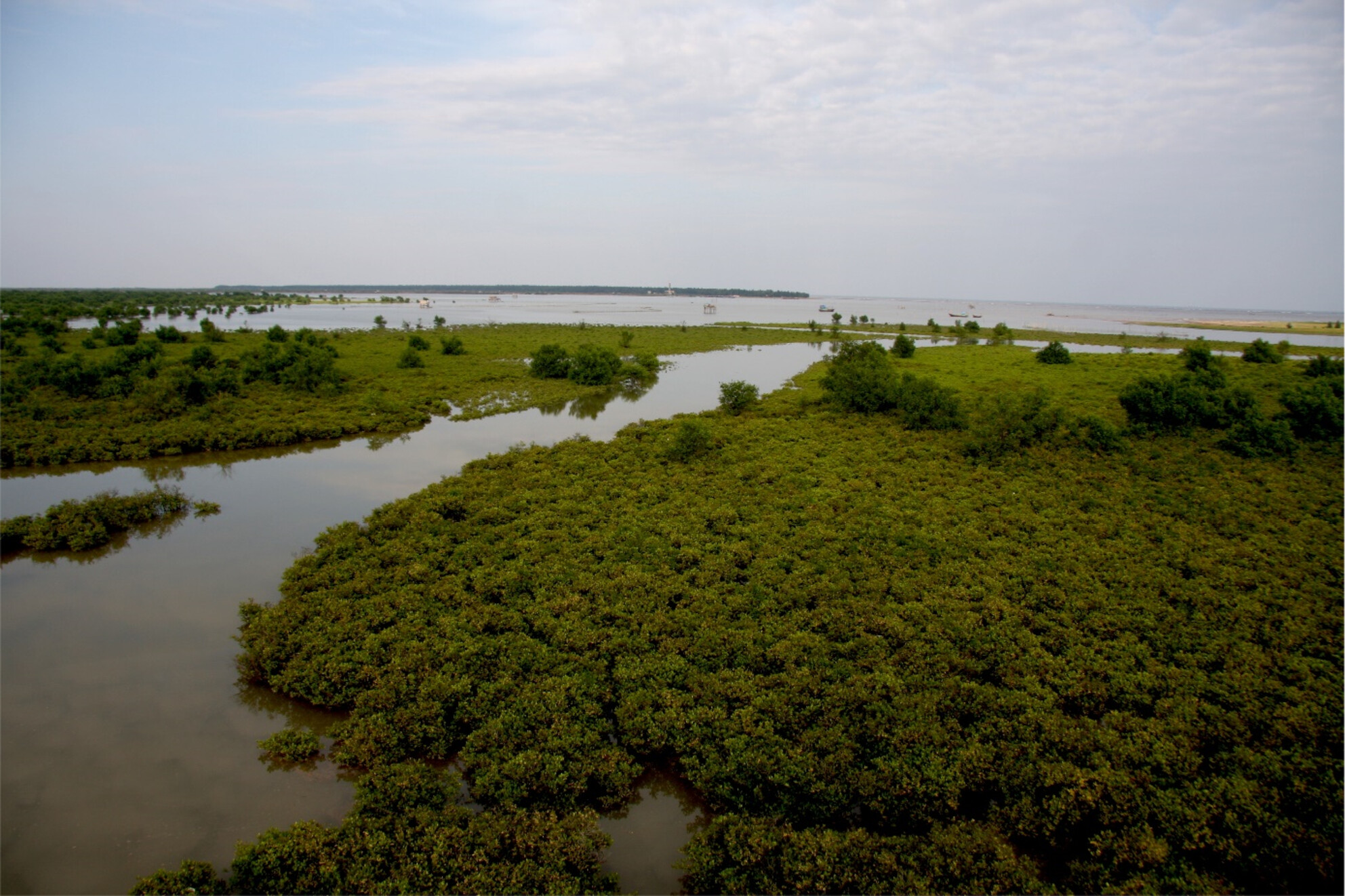
Is litter decomposition of pioneer species involved in species recruitment by releasing allelochemicals in sediments? Previous studies addressed this question mainly in terrestrial ecosystems, while little is known about coastal wetlands such as mangroves. The present work is the first assessment of the direct effect of mangrove leaf litter addition on mangrove community composition in the Red River Delta, Vietnam.
Functional Distance Mediates Plant Interactions
- First Published: 26 February 2025
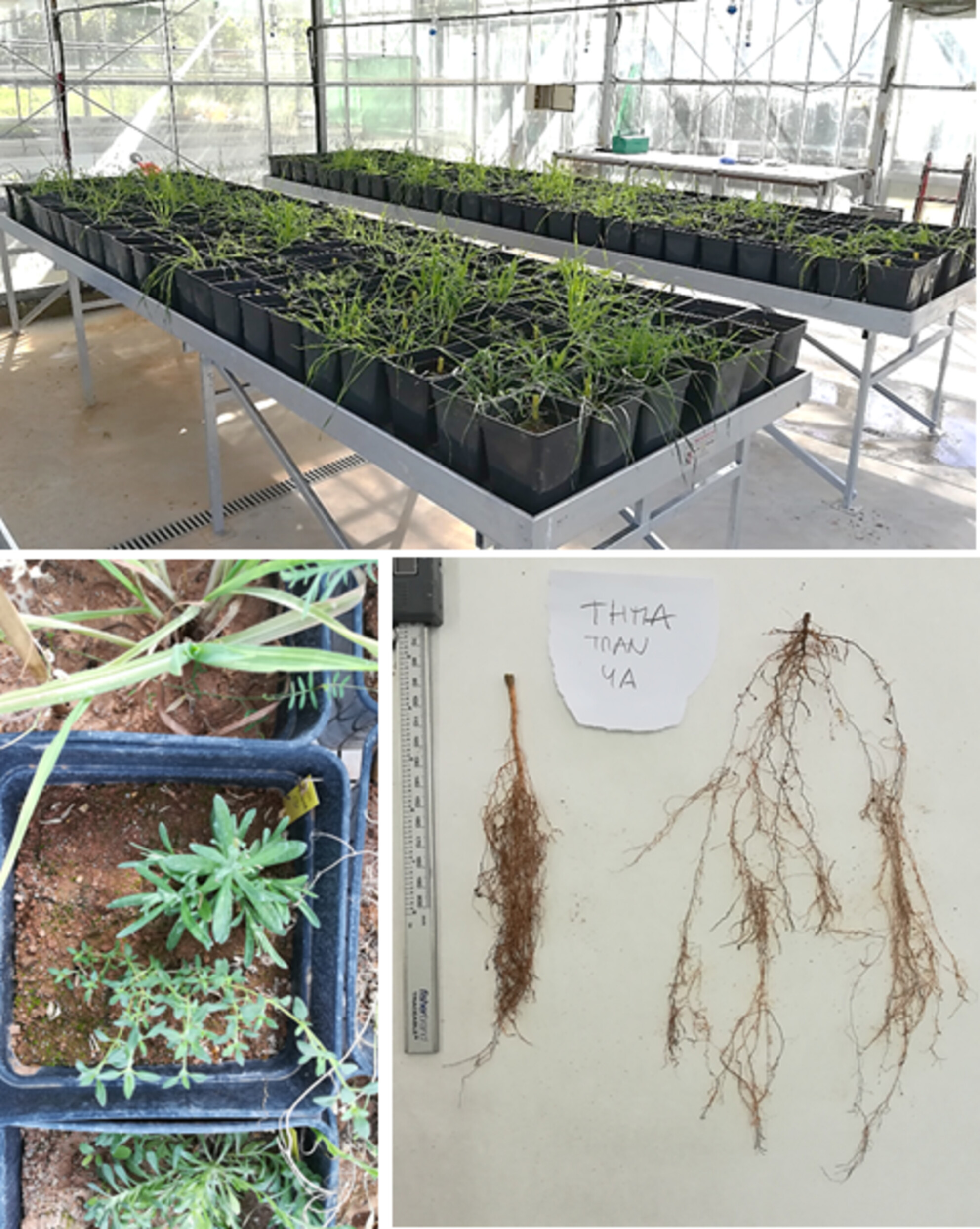
Comprehension of trait-based mechanisms underlying plant interactions is key to understanding community assembly. We use a functional framework, including above- and belowground traits, to quantify the effects of heterospecific (compared to conspecific) plant interactions. We observe that the values of plant-performance traits tend to increase in heterospecific combinations as the functional distance between interacting plants decreases.
Timberline Patterns and Dynamics Depend on Forest Type, Regional Climate, and Topography in the Cantabrian Mountains (Spain)
- First Published: 28 February 2025
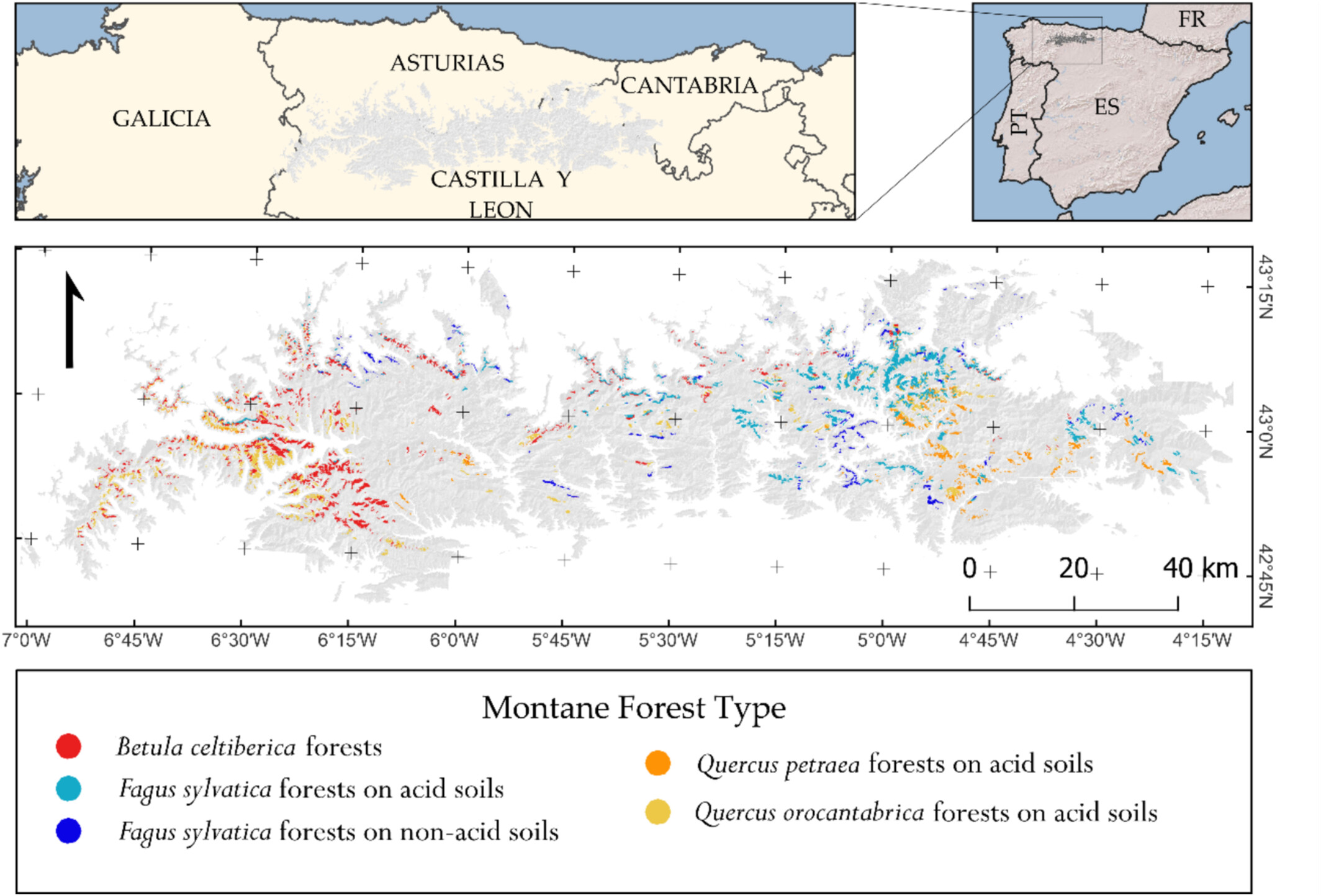
We investigated distribution patterns and elevation shifts of timberlines in the Cantabrian Mountains (Spain). Our results demonstrate how different forest types interact with climate and topography to delineate the spatial configuration of regional timberlines along a continentality–oceanity gradient. Regional timberlines showed high stability in the last 70 years, except for elevation shifts of Betula-dominated forests.
SPECIAL ISSUE: INVASIONS IN PLANT COMMUNITIES
Degradation of Arbuscular Mycorrhizal Symbiosis: A Mechanism Underlying Cynodon dactylon Invasion in Grasslands?
- First Published: 17 January 2025

We explored the relationship between the level of invasion of Cynodon dactylon and the arbuscular mycorrhizal colonization of the native Paspalum notatum in grasslands with different agronomic management. Mycorrhization in P. notatum decreased with increasing C. dactylon invasion and this was greater in more intensively managed grasslands. However, lower arbuscular mycorrhizal colonization was not associated with native plant performance.
SPECIAL ISSUE: VEGETATION AND CLIMATE CHANGE
Independent Trends of Mountain Vegetation and Soil Properties Over 40 Years of Environmental Change
- First Published: 15 January 2025
METHODOLOGICAL ARTICLE
Rarity and Sparseness in Plant Communities: Impact of Minor Species Removal on Beta Diversity and Canonical Ordination
- First Published: 30 January 2025
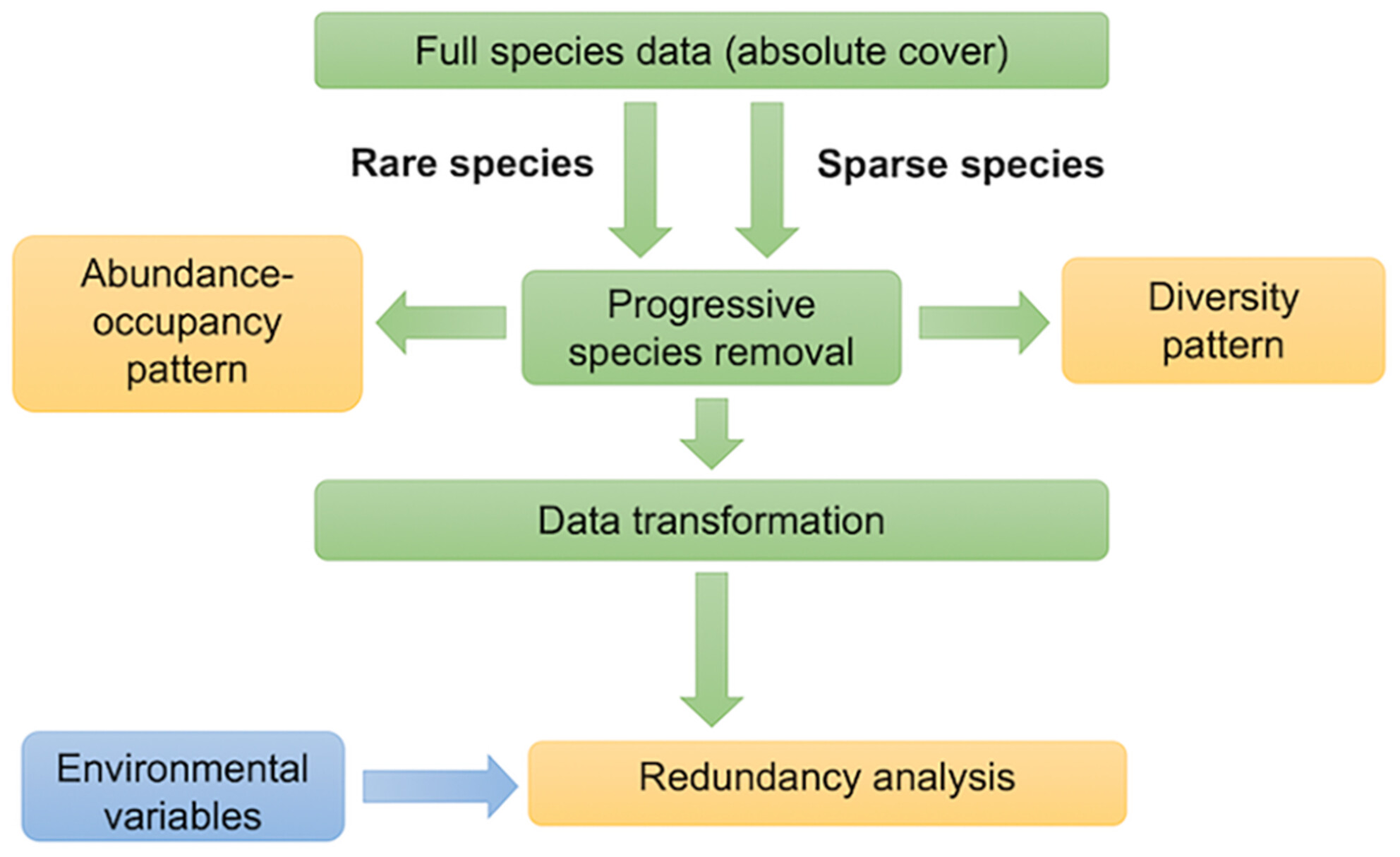
To disentangle the role of rarity and sparseness, we applied to six data sets a progressive removal of either the least frequent or the least locally abundant species. Beta diversity decreased with the number of removed rare species, whereas it increased when removing sparse species. Model performance of redundancy analysis increased only slightly when removing rare species, while it was negatively affected by the loss of sparse species. Rare and sparse species play a different role in vegetation analysis.
REPORT
Introducing Rveg: An R Package for Phytosociological Data Digitizing
- First Published: 01 February 2025
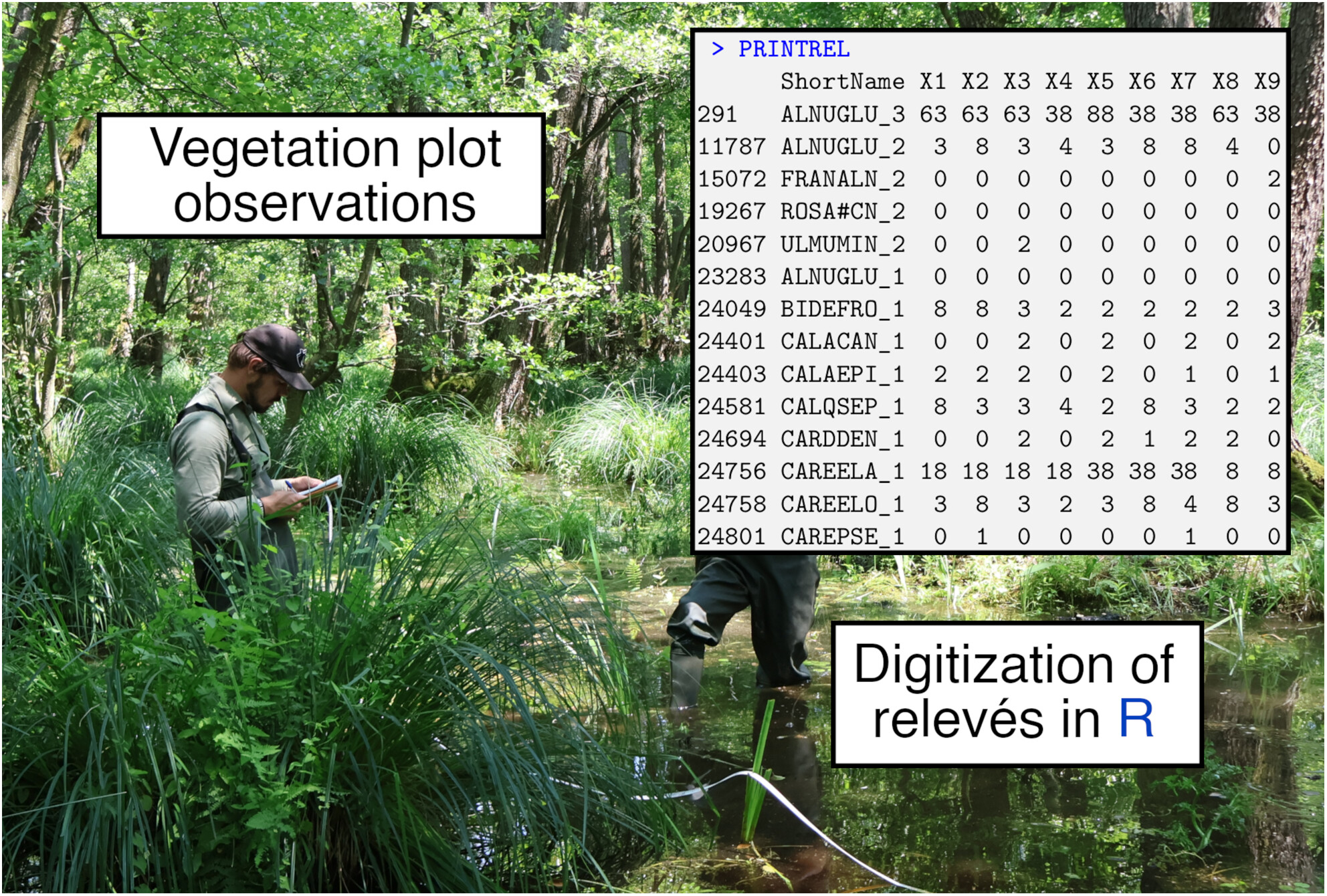
Rveg is an open-source package extension for the R statistical programming language, designed to facilitate the efficient and straightforward digitization of phytosociological relevés (vegetation plot observations) into plain comma-separated values (CSV) format. This format is easily importable into the R environment for data editing and analysis. Rveg distinguishes itself through enhanced efficiency, simplicity, and accessibility compared to alternative software solutions.
RESEARCH ARTICLE
Response of Subalpine Vegetation to Snow Cover Duration Quantified by In Situ Repeat Photography
- First Published: 27 February 2025




